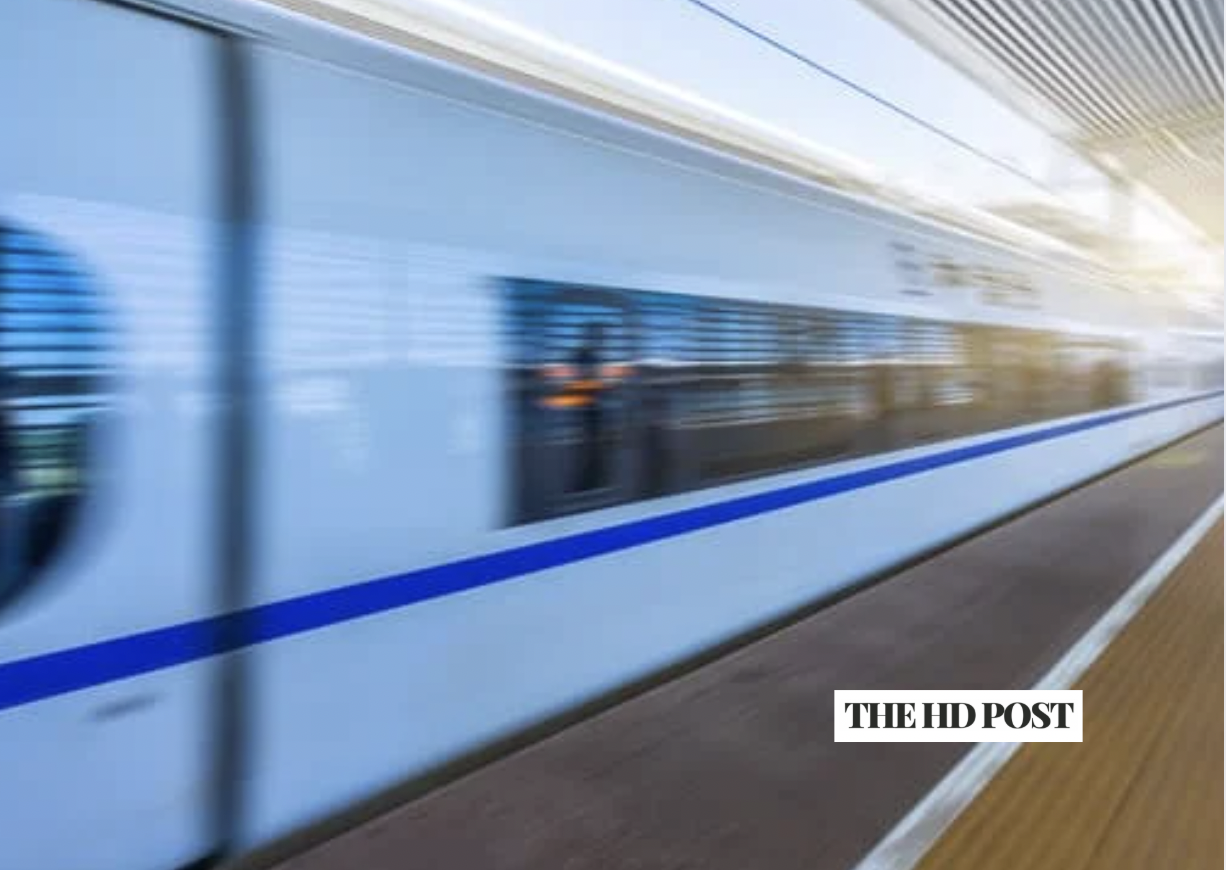
CALIFORNIA – State leaders, along with business and labor representatives, held a press conference, August 25, to support California’s High-Speed Rail Project.
They called for stable, long-term funding through Governor Gavin Newsom’s proposed $1 billion annual allocation from cap-and-trade revenues.
Meanwhile, House Oversight chairman James Comer (R-Ky.) has launched an investigation into federal funding for the California High-Speed Rail Authority (CHSRA), questioning whether state officials misrepresented ridership and financial projections.
According to the state’s latest update, the project is now estimated to cost between $89 billion to $128 billion.
Central Valley service is expected to begin in 2032 – 12 years later than the original 2020 completion and nearly quadruple the initial $33 billion estimate.
Promise kept to the voters
Senator Dave Cortese, chair of the Senate Transportation Committee and author of SB 545, a study on economic opportunities along the rail corridor, emphasized the project’s transformative potential.
“High-speed rail is California’s opportunity to lead the nation in clean, fast, and safe public transit,” said Cortese.
Addressing delays and rising costs, Cortese argued that trying to compare 2025 dollars to dollars that were projected 17 years ago “doesn’t make any sense.”
He added,“…the voters approved in terms of where these dollars go without fraud, without defaultation, without diversion of these dollars to any other project – that’s all happened. That promise has been kept.”
California High-Speed Rail Authority (CHSRA) CEO Ian Choudri highlighted progress.
“We are about to finish 119 miles that is under construction now. This week, we will be seeking our board approval to procure the track and materials required to build tracks, and we will be laying tracks for the 119 mile that is under construction next year,” said Choudri.
Currently, there are more than 50 major railway structures – including bridges, overpasses, and viaducts built with over 60 miles of guideway completed.
Walter Weishaar of Griffith Company, the only California-based general engineering contractor to have completed a construction package on the California High-Speed Rail (CP4), said they faced a multitude of challenges, from right of way acquisition to environmental clearances and beyond.
“However, the one challenge we did not contend with that is currently facing us is budget shortfalls, funding shortfalls, funding gaps. As you guys know, starting and stopping large, complex projects for whatever the reason, is disruptive, expensive and time consumptive,” said Weishaar.
Project will drive housing and economic development
Both Choudri and Weishaar urged for steady, long term funding, saying the $15 billion cap-and-trade investment would help stabilize the project.
Supporters say the legislation will not only help complete the high-speed rail system but also drive economic growth, housing development, and jobs in underserved communities.
California’s high-speed rail plan calls for a first phase running from San Francisco to Los Angeles/Anaheim through the Central Valley, with future extensions north to Sacramento and south to San Diego.

